Back to blog
7 MIN READ
.NET MAUI vs Flutter - Guide to Choosing the Right Framework
PUBLISHED
3 February, 2025

Product Analytics Expert
.NET MAUI and Flutter are two of the most widely used frameworks for creating cross-platform mobile applications.
Flutter is the leading cross-platform mobile framework according to a 2022 developer survey, with 46% of developers worldwide using it. However, .NET MAUI also has its advantages and features, such as the capability to create native Linux desktop apps.
To choose the best framework for your business needs, you need to compare .NET MAUI and Flutter based on various criteria. This UXCam guide will help you do that by providing a detailed comparison of these two frameworks and their pros and cons.
Summary - Is Flutter better than .NET MAUI?
Whether Flutter is better than .NET MAUI depends on your use case. If you prioritize UI consistency, rapid development, and broad community support, Flutter is a stronger choice. If you need deep Windows/macOS integration, native UI, and .NET ecosystem compatibility, .NET MAUI is the better option. Here’s a quick comparison based on key factors:
Flutter is better if you:
Want a highly customizable UI with a consistent look across platforms.
Prefer faster development with a hot-reload feature.
Need access to a large ecosystem of third-party tools and plugins.
Want a mature and widely adopted framework with strong community support.
.NET MAUI is better if you:
Prefer native UI components for a more native look and feel.
Work within the Microsoft ecosystem (e.g., C#, .NET, Visual Studio).
Need desktop support for Windows and macOS out-of-the-box.
Plan to reuse business logic from existing .NET applications.
MAUI vs Flutter - key differences
| Feature | .NET MAUI | Flutter |
|---|---|---|
| Language | Uses C#, a widely used, versatile, and robust language. | Uses Dart, developed by Google, easy to learn, and offers good performance. |
| UI Rendering | Uses native UI controls of the target platform, resulting in a more native look and feel. | Uses its own high-performance rendering engine to draw widgets, allowing highly customizable UIs. |
| Popularity | Relatively new but rapidly gaining traction in the developer community. | Most popular cross-platform mobile framework. |
| Third-Party Tool Compatibility | Still in early stages but actively improving. | Wide range of third-party tools and libraries available. |
| Platform Support | Supports iOS, Android, macOS, and Windows; can generate native Linux desktop apps. | Supports iOS and Android but requires additional efforts for desktop support. |
.NET MAUI and Flutter are both powerful cross-platform mobile application development frameworks, but they differ in several key aspects:
Language: Flutter uses Dart, a language developed by Google, which is easy to learn and offers a good performance. On the other hand, .NET MAUI uses C#, a widely used language known for its versatility and robustness.
UI rendering: Flutter uses its own high-performance rendering engine to draw widgets, allowing for highly customizable UIs. In contrast, .NET MAUI uses the native UI controls of the target platform, which can result in a more native look and feel.
Popularity: According to a 2022 developer survey, Flutter is currently the most popular cross-platform mobile framework. However, .NET MAUI, being relatively new, is rapidly gaining traction in the developer community.
Third-party tool compatibility: Choosing one framework over the other often dictates which third-party tools and libraries are supported. Flutter has a wide range of third-party tools available, while .NET MAUI is still in its early stages but is actively being developed and improved upon. Luckily, some tools (UXCam’s mobile app analytics platform included) are compatible with both!
Platform support: Both frameworks support iOS and Android, but .NET MAUI has the added advantage of supporting macOS and Windows, and even has the ability to generate native Linux desktop applications.
What is .NET MAUI?
.NET MAUI is a cross-platform framework that lets you create native apps for mobile and desktop platforms using C# and XAML. You can write code once and run it on Android, iOS, macOS, and Windows with a single shared code base.
.NET MAUI is based on Xamarin.Forms, but it has improved UI controls that are faster and more customizable. If you have used Xamarin.Forms before, you'll find many familiar features in .NET MAUI.
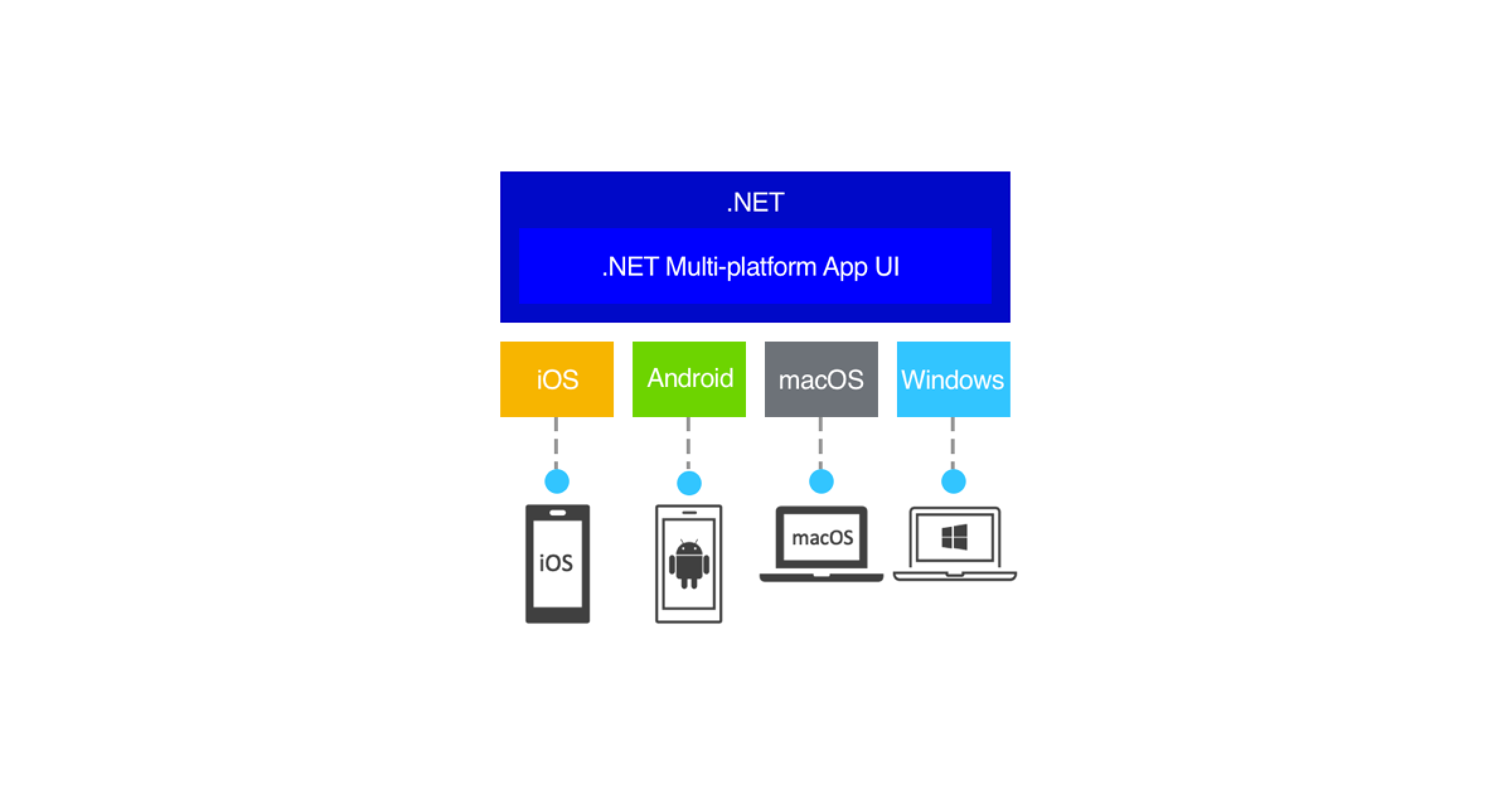

.NET MAUI combines the APIs of Android, iOS, macOS, and Windows into one API that gives you a consistent developer experience across platforms, while also allowing you to access each native platform's specific features. One of the main goals of .NET MAUI is to help you write as much of your app logic and UI layout in a single code base as possible.
Key features
Single codebase: It enables developers to create native apps for various platforms using a single C# codebase and project system.
Latest technologies: It leverages the latest technologies of .NET to provide a unified and consistent framework for Windows, macOS, iOS, and Android.
Layout engine: Developers can design pages using a powerful layout engine that supports multiple page types and navigation patterns
Data-binding support: It supports data-binding, which helps developers write cleaner and more maintainable code.
Customizable handlers: Developers can also customize handlers to fine-tune the appearance and behavior of UI elements.
Pros and cons
Pros
It allows developers to create cross-platform applications with a single codebase using the .NET CLI, which simplifies the development process and reduces code duplication.
It introduces slim renderers, which are lightweight and optimized UI components that improve performance and memory usage.
It supports modern patterns like MVVM, MVC, and Blazor, which enable developers to write clean, testable, and maintainable code.
It provides complete support for hot reloads, which means developers can see the changes in their UI without restarting the app or losing the app state.
Cons
It does not support automatically resizing SVGs, which means developers have to manually adjust the size and resolution of their vector graphics for different devices and screen densities.
It relies heavily on Visual Studio for development, which may not be the preferred IDE for some developers who are used to other tools or environments.
It has a powerful shell and routing system, which enables developers to create complex navigation scenarios and transitions, but it also adds some complexity and learning curve to the app architecture.
It's similar to WPF in terms of its XAML syntax and UI elements, which may be an advantage for some developers who are familiar with WPF, but it may also be a disadvantage for others who prefer a different UI framework or paradigm.
What is Flutter?
Flutter is a versatile framework created by Google. It’s a framework for developing native mobile apps with high performance and quality. It allows developers to build stunning, native-like apps for mobile, web, and desktop from a single codebase.
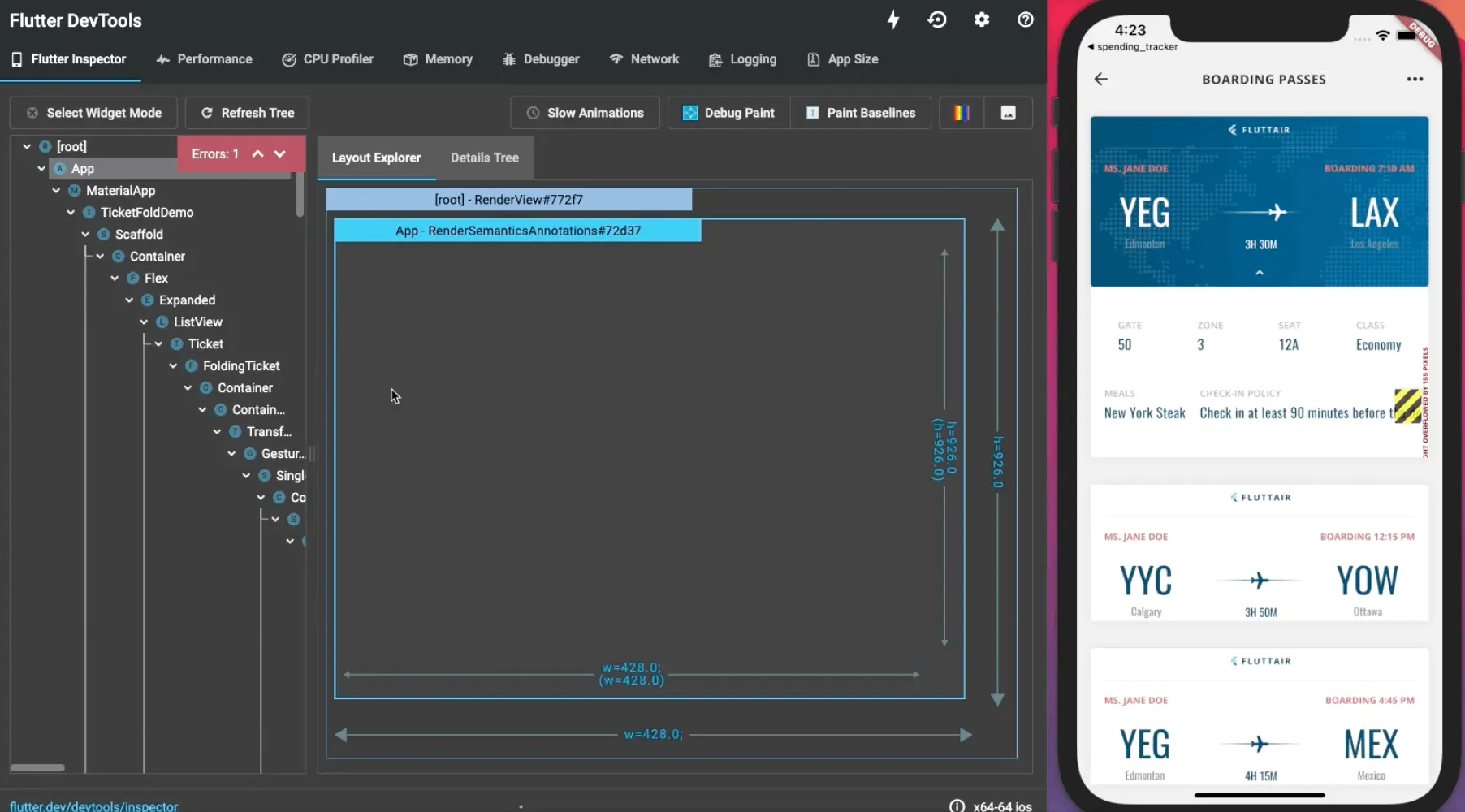
Flutter works well with Dart, which is a modern programming language by Google. The flutter tools include a graphics engine and a rich set of widgets that follow the material design and the Cupertino style. These features enable fast and smooth app development and provide a consistent look and feel across different platforms.
Key features
Hot reload: It enhances the development workflow, allowing developers to test, modify, and improve their app’s UI and functionality in real-time.
Expressive UI: It offers a rich set of customizable widgets that allow developers to create attractive and adaptive user interfaces.
Fast performance: Flutter’s performance is similar to native applications as it uses Dart, a compiled language, and leverages the Skia graphics library.
Access to Native features: Flutter provides direct access to native device features and APIs, letting developers use platform-specific capabilities.
Rich ecosystem: Flutter has a vibrant ecosystem with a wide range of packages and plugins available through the Flutter Package Manager (pub.dev).
Pros and cons
Pros
It has Hot Reload, which lets you see the changes in your code instantly.
It accelerates the development process thanks to Hot Reload and a single codebase for all platforms.
It has custom widgets, which make prototyping easier.
It uses Dart, a modern object-oriented programming language that's similar to JavaScript.
Cons
It isn't very stable, as it's a new framework that's still evolving.
It produces large file sizes for applications.
It undergoes frequent changes and updates that might affect development.
It lacks standard development guidelines.
Best post app development tool: UXCam
MAUI and Flutter are both great frameworks for developing cross-platform apps, and the decision between them may depend on various factors like the project needs, team skills, and specific scenarios.
Once you develop your project, you’ll need a tool to monitor and optimize it—that’s where UXCam comes in.
UXCam is a powerful post-app development tool that gives in-depth insights into user behavior within mobile apps. It’s compatible with both MAUI and Flutter apps, and has features like session replay, heatmaps, funnel analysis, and quantitative analysis, making it a complete solution for understanding user experiences.
Key features
Dashboards
With UXCam's Dashboards, you can see your key performance indicators (KPIs) visually in one place. You can create reports automatically, spot new trends easily, and customize your dashboards to your preferences with the widget builder.
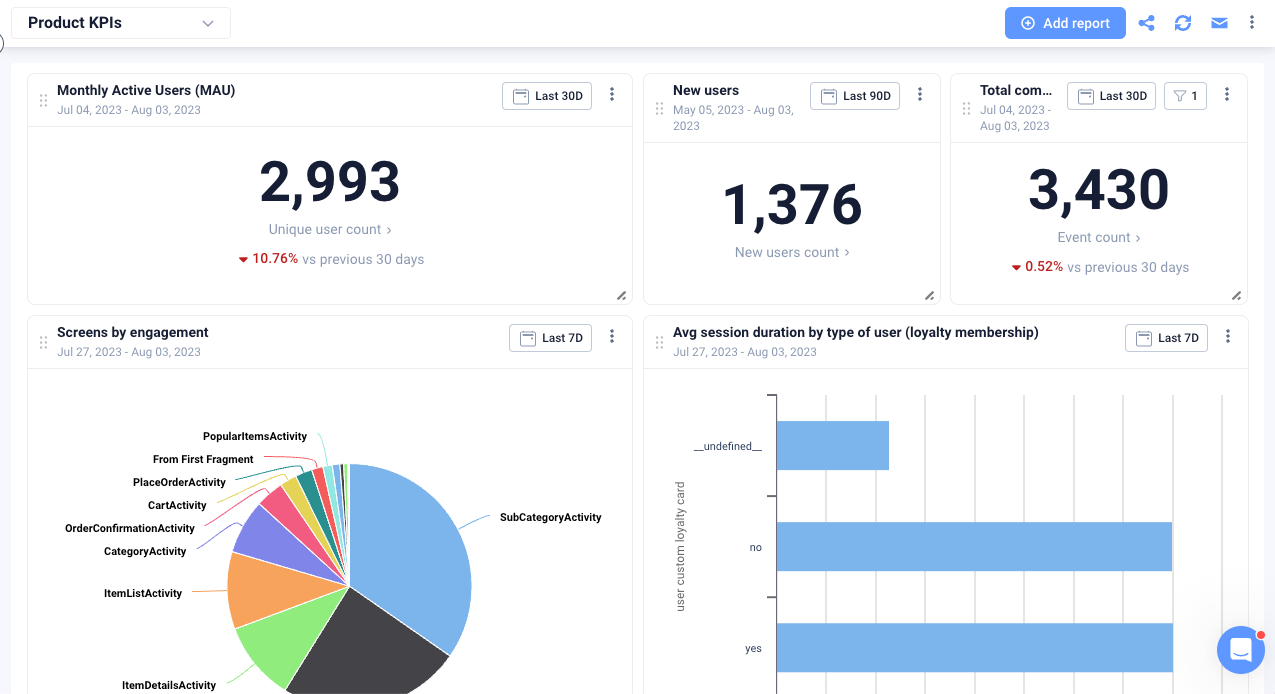

Funnels
UXCam's Funnels help you track how users complete certain steps in your app, examine abandonment, and find out the causes of drop-offs. You can segment your funnels based on various attributes like device platform, app version, or any user properties.

Event analytics
UXCam's Event Analytics helps you analyze your events and get a more in-depth understanding of your users' behavior. You can increase the detail level with aggregation functions and grouping parameters.
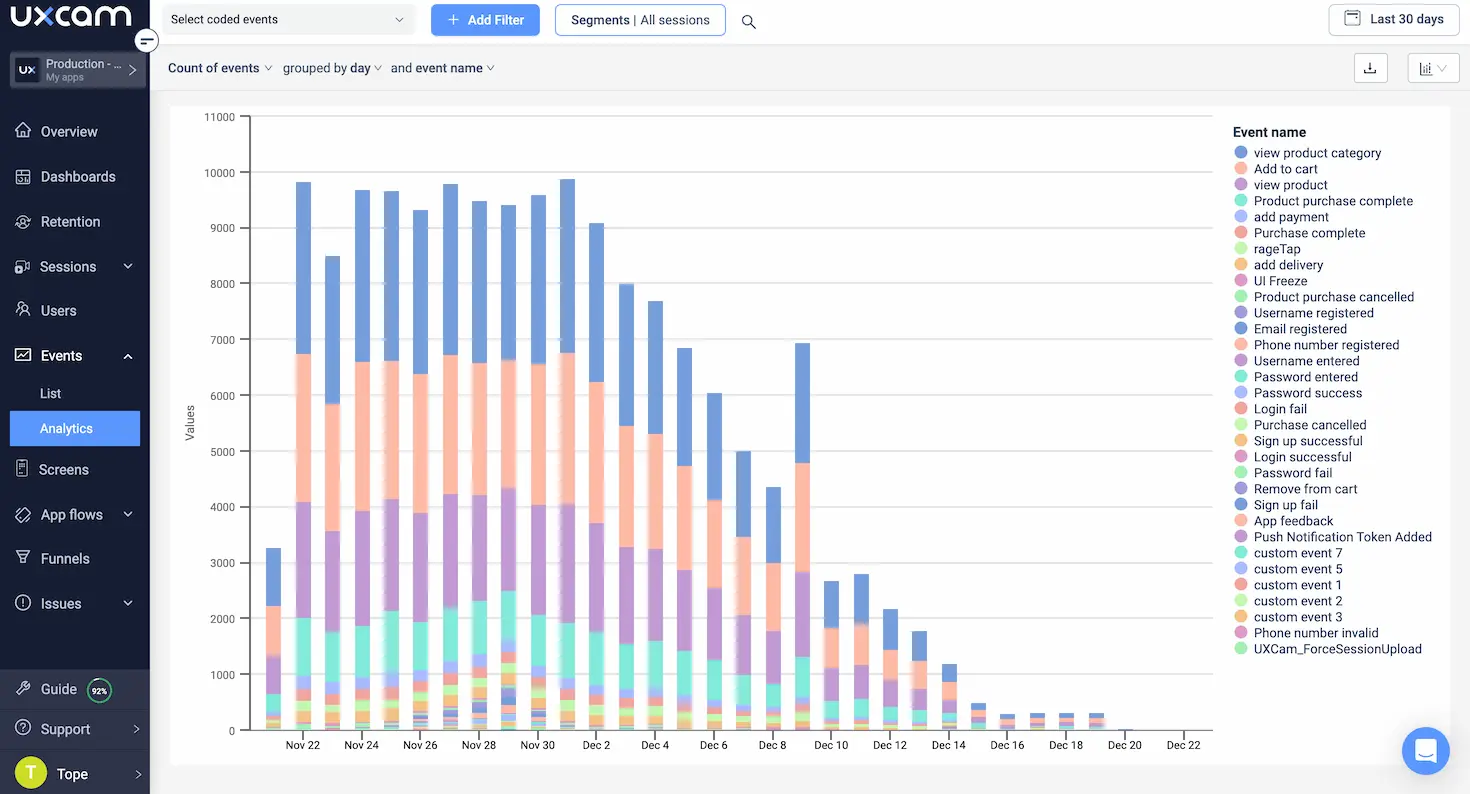
Session replay
UXCam's Session Replay lets you watch videos of users using your app and study their behavior. You can understand the whole user journey, find new improvement opportunities, and detect points of frustration.
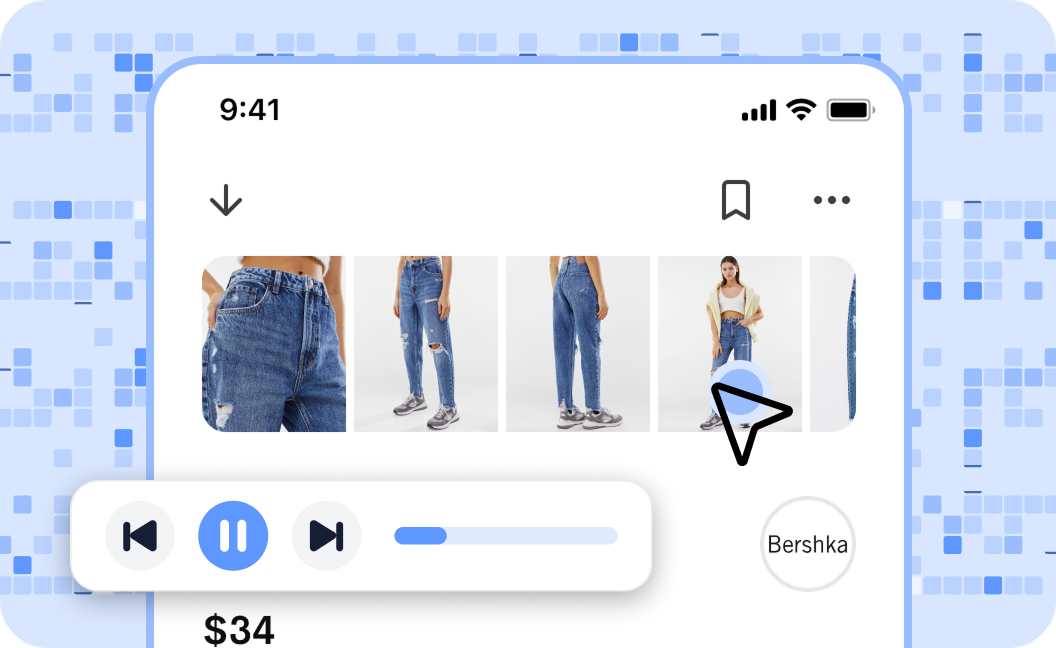

Heatmaps
UXCam's Heatmaps show you how users interact with your screen visually. You can discover the most popular and least popular areas on the screen, uncover unexpected user behavior with unresponsive gestures, and compare how users behave differently on different devices, operating systems, or app versions.

Issue analytics
Issue analytics let you track app crashes, UI freezes, and user frustration (rage taps, dead taps, etc.) to zero in on the issues that are impacting your users. With our tools, you can identify the problems and discover their root cause to resolve them quickly.
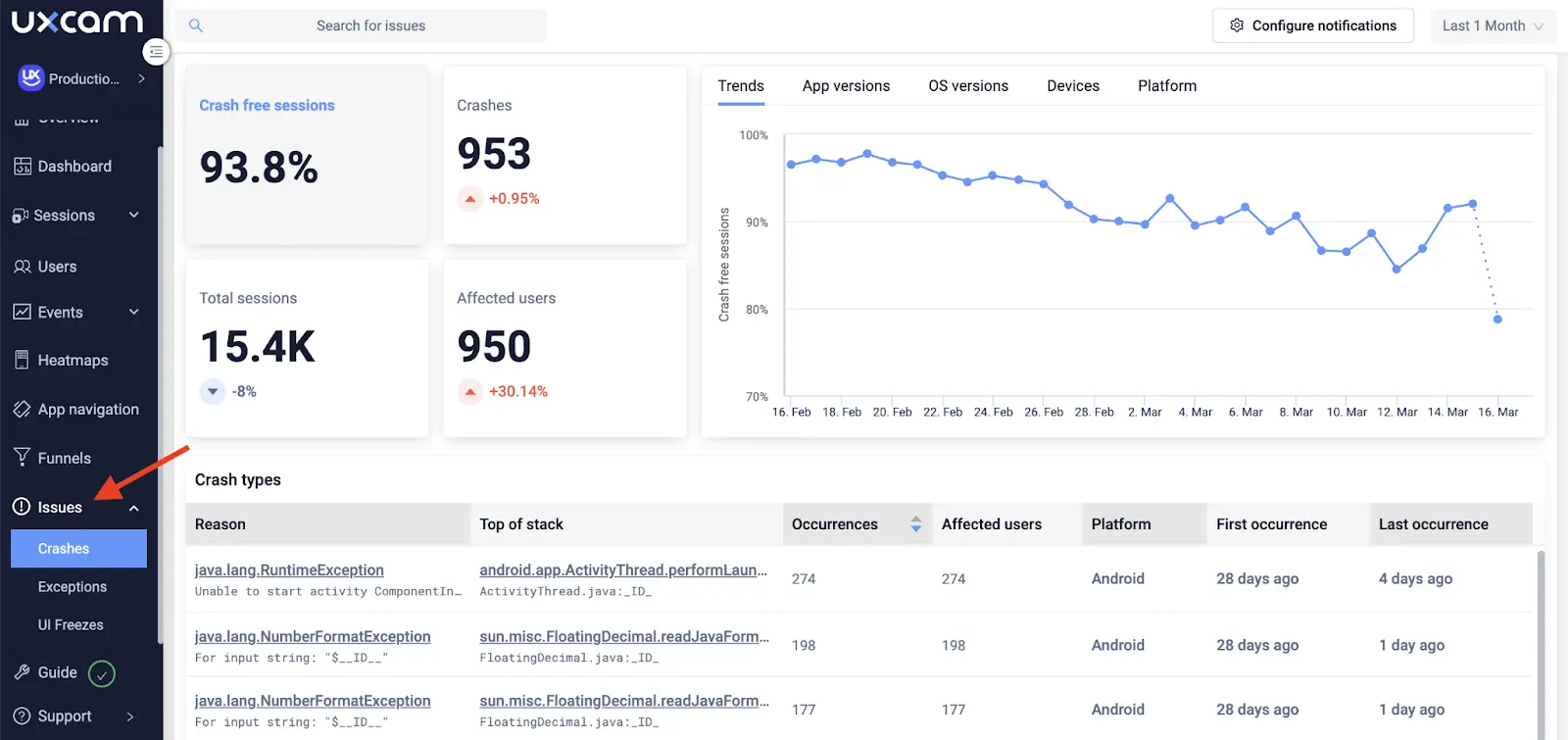
Conclusion
Maui and Flutter are two popular frameworks for cross-platform mobile app development. They both have their advantages and disadvantages, depending on the project requirements, developer preferences, and target platforms.
Regardless of which framework you choose, you'll need a reliable tool to measure and improve the user experience of your app. UXCam helps you understand how users interact with your app, identify usability issues, and optimize your app performance.
You can sign up for free and start using UXCam in minutes.
You might also be interested in these;
Session Replay Tool for .NET MAUI apps - UXCam
NET MAUI Mobile App Analytics Tool - Transition from Xamarin
Flutter Crash Reporting - Best Tools and Techniques
AUTHOR

Tope Longe
Product Analytics Expert
Ardent technophile exploring the world of mobile app product management at UXCam.
What’s UXCam?
Related articles
Curated List
Top 19 Mobile App Analytics Tools in 2026
Discover the top mobile analytics tools in 2026. Compare features, pricing, and reviews to choose the right platform for app tracking, behavioral insights, and data-driven...

Jonas Kurzweg
Product Analytics Expert
App Analytics
Mobile App Tracking: Practical Guide & Best Tools [2026]
The best tracking tools for mobile...

Jonas Kurzweg
Product Analytics Expert
App Analytics
Best Android App Analytics Tools in 2026
Discover the top 8 Android analytics including UXCam, Firebase, and Flurry Analytics. Compare features, pricing, and platforms...

Annemarie Bufe
Product Analytics Expert


